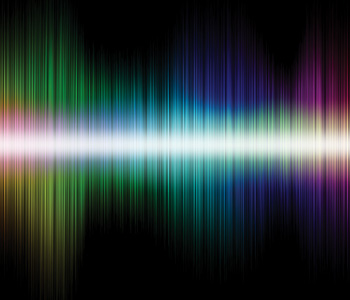Feature
Compact X-ray and Extreme-Ultraviolet Light Sources
Bringing the brightness and power of vast synchrotron and free-electron laser sources to the scale of the local lab and clinic marks an important next frontier—and could transform the landscape of X-ray science and technology.
 [iStock]
[iStock]
Scientists have used X-rays for more than a century to elucidate matter’s microscopic nature. The enormous impact of X-ray science has led to more than two dozen Nobel prizes in Physics, Chemistry and Physiology/Medicine, from Wilhelm Röntgen’s 1901 Physics prize for the discovery of X-rays themselves to the 2013 Chemistry prize awarded to Martin Karplus, Michael Levitt and Arieh Warshel for “development of multiscale models for complex chemical systems.” Much of this work has used the same type of X-ray tube invented by Röntgen more than a century ago.
…Log in or become a member to view the full text of this article.
This article may be available for purchase via the search at Optica Publishing Group.
Optica Members get the full text of Optics & Photonics News, plus a variety of other member benefits.
